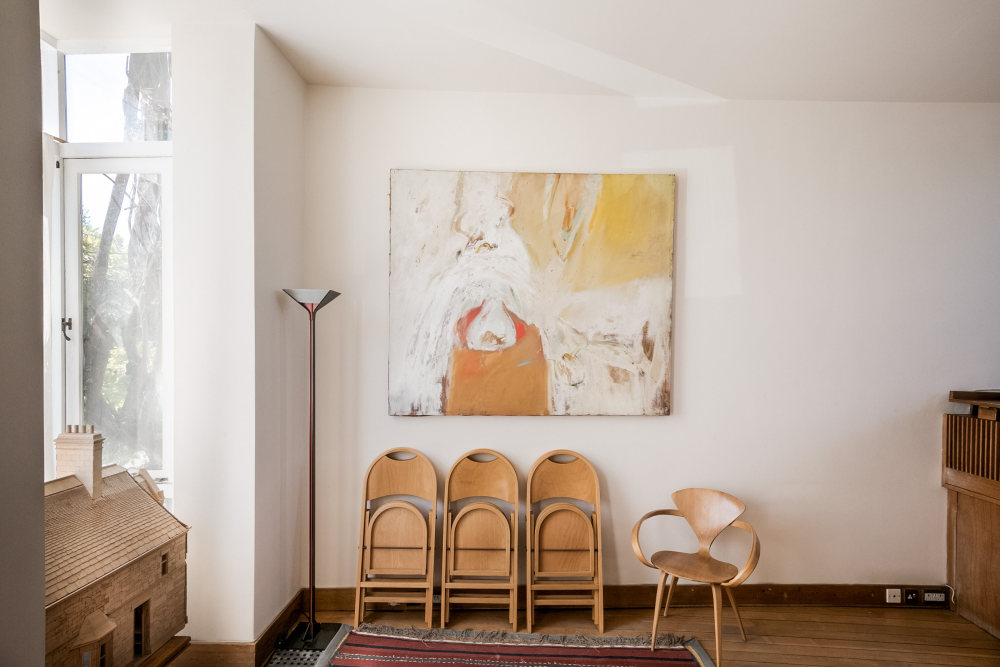 Lansdowne Crescent, London W11
Lansdowne Crescent, London W11
 Lansdowne Crescent, London W11
Lansdowne Crescent, London W11
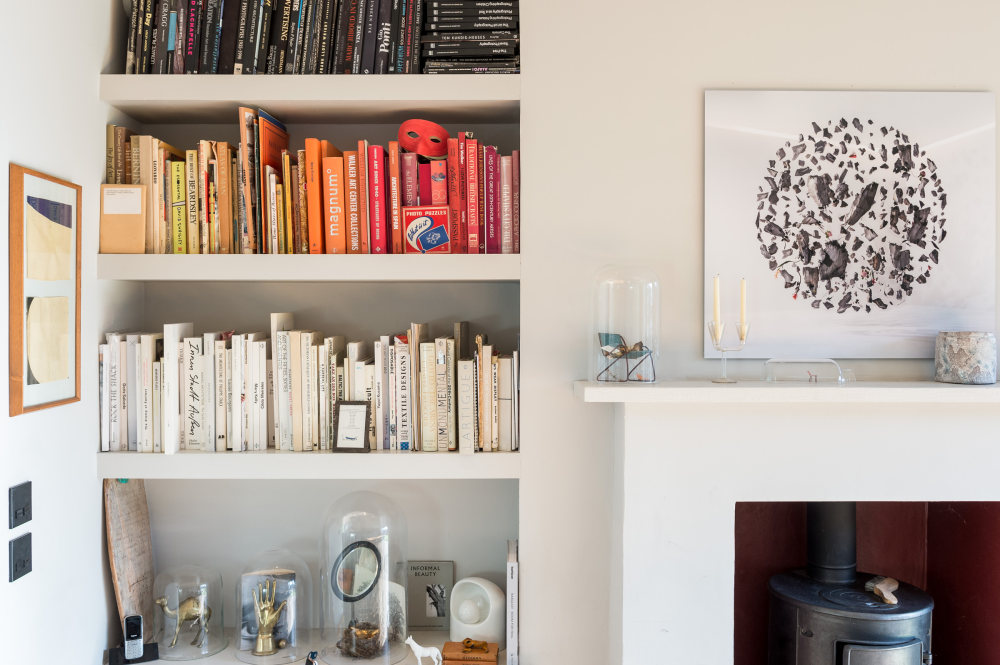 Duncan McLeod and Lyndsay Milne McLeod’s west London home
Duncan McLeod and Lyndsay Milne McLeod’s west London home
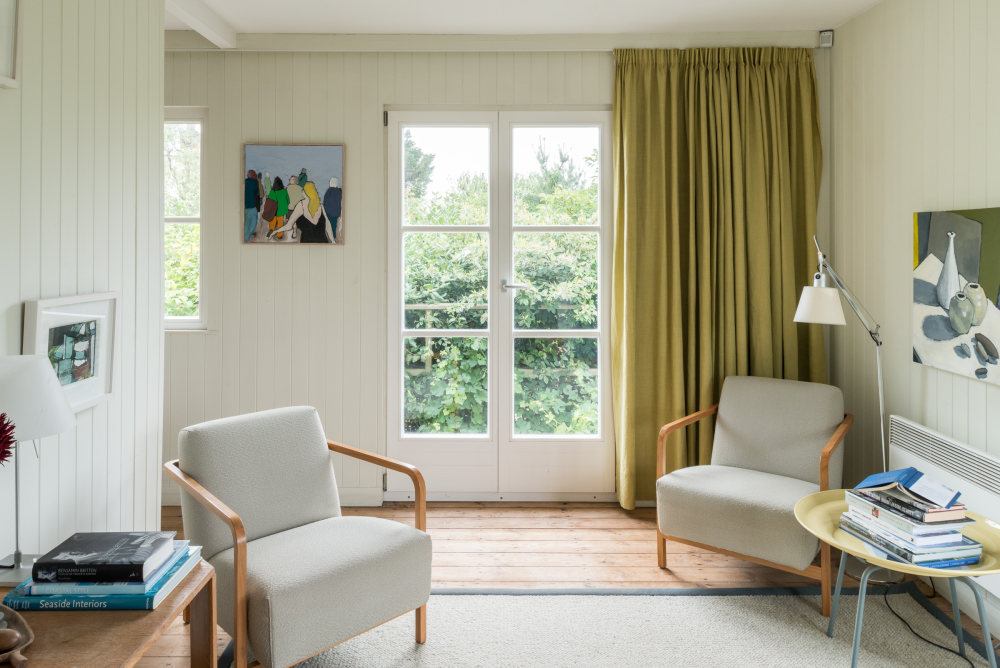 Anderby Creek, Lincolnshire
Anderby Creek, Lincolnshire
 Mitchell Street, London EC1
Mitchell Street, London EC1
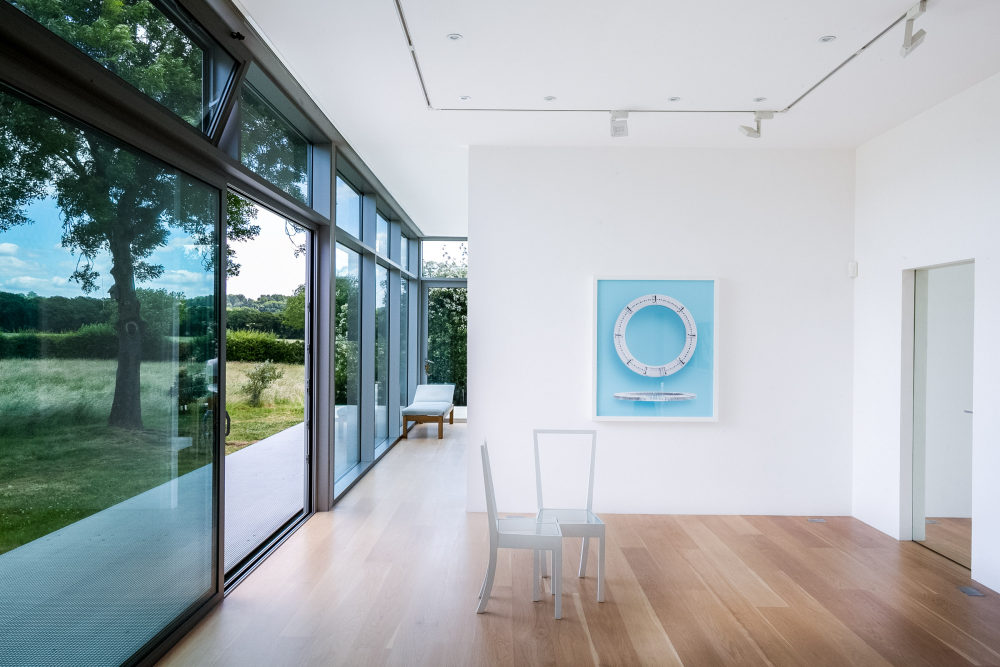 Langlands & Bell’s self-designed country retreat
Langlands & Bell’s self-designed country retreat
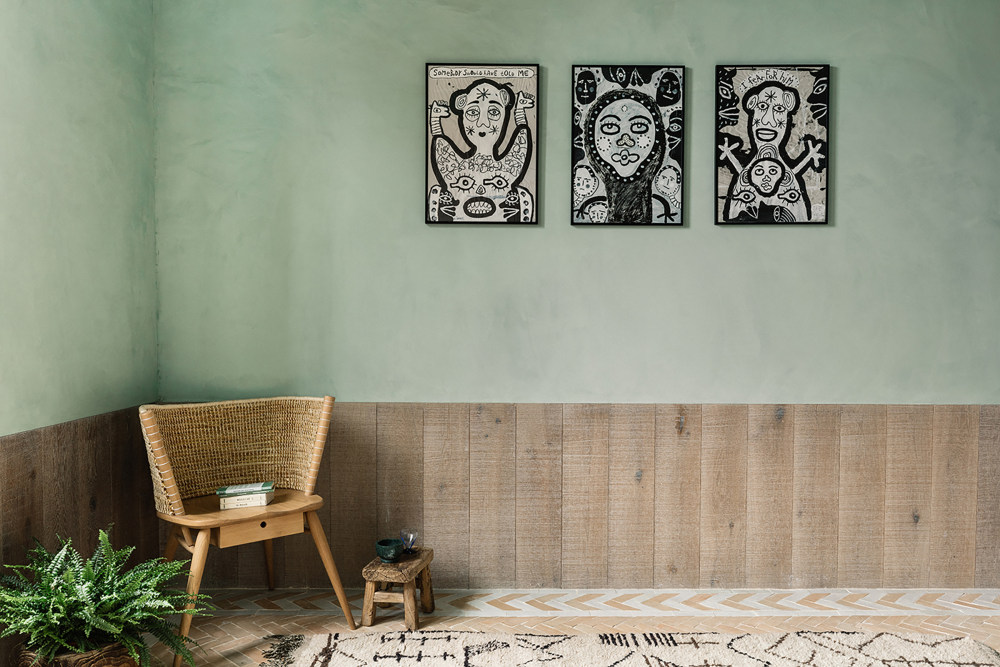 Shoreditch High Street, London E1
Shoreditch High Street, London E1
During our recent visit to Yvonna Demczynska’s live/work Flow Gallery, we were taken by how ceramics, glassware, pictures and paintings bring a sense of life and a softening quality to the recently-refurbished space. It got us thinking about how art can be used in other spaces, so we’ve looked through past Journal features and homes currently for sale to share some tips for how to decorate with art.
Lansdowne Crescent, London W11
Art pervades nearly every corner of this thoughtfully-designed home in Notting Hill. Architect Jeremy Lever’s enthusiasm for architectural history, craft, design and handmade objects were all channelled into the intimate feel of his self-designed space, which is filled with exotic textiles, hand-turned objects and soft-palette abstract paintings.
The takeaway here is in the Kettle’s Yard school of approaching all objects, not just ‘art’, as meaningful and beautiful additions to one’s home, from pebbles to plates, wooden bowls to china pots.
Duncan McLeod and Lyndsay Milne McLeod’s west London home
Living with young children is no reason to forego using artworks in your interior, as architect Duncan McLeod and Lyndsay Milne McLeod demonstrated at their Kilburn home when we visited them earlier this year.
In their dining room, the couple incorporated a vintage woodburning stove, colour-coded art books and contemporary objets dart with abstract pieces like cuttings from an old canvas sail and graphic works made by their friends. The effect is eclectic and personal.
Anderby Creek, Lincolnshire
This coastal bolthole is the work of architect Paul Scrivener, who has artfully refurbished the timber-framed house. As a keen painter, Paul put a studio in the garden to create a relaxing place to create canvases, some of which adorn the walls of the house.
The moral of this story is that learning how to decorate with art doesn’t have to mean buying art. Set up your aisle, mix some paint and get creative.
Mitchell Street, London EC1
Eclecticism is the name of the game at this converted print works between Old Street and Clerkenwell. With a relatively neutral backdrop of exposed, white-painted brick and stripped-back original windows, the current owners have been able to display a cheery melange of pieces, ranging from a life-sized dog figure to a golden statuette.
Langlands & Bell’s self-designed country retreat
During our visit to Nikki Bell and Ben Langlands self-designed Kentish retreat, the Turner Prize-nominated artists showed us how they display their work in the minimalist space with the inclusion of a home gallery.
The lesson here is that, sometimes, conceptual, thought-provoking pieces like the duo’s ‘Interlocking Chair’ are best displayed as art, rather than decoration.
Shoreditch High Street, London E1
When we visited architects Chan and Eayrs at their latest project on Shoreditch High Street, the duo imparted a valuable lesson on how to decorate with art. “The way we work on a project is from start to finish, overseeing all aspects of the design,” said Zoe Chan, explaining that each decision – from materials to spatial arrangements and interior decoration – can be considered an artful one.
Of course, this extends to the art that hangs on the walls, and, in some rooms, Chan and Eayrs opted for visually-striking black-and-white pieces by artist Stephen Wright to counter-balance the green-hued traditional lime plaster.
Looking for more wall space? Get in touch to see how we can help you make your next move
- 转载自:The Modern House
- 语言:English
- 阅读原文
|

 发表于 2020-8-4 05:33:40
发表于 2020-8-4 05:33:40



















